Trapezium DefinitionAlthough a trapezium is a polygon in mathematics, it is rarely used in everyday life. In any event, several models may be found in reality. The next sections will cover the definition, recipe, attributes, and examples of a trapezium. 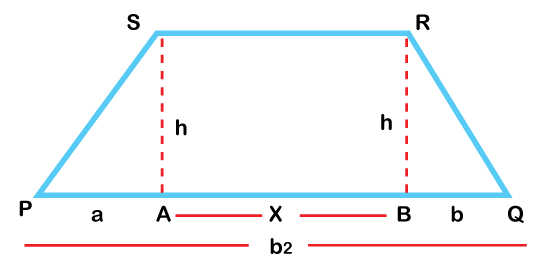
Like any other mathematical object, a trapezium is a polygon that belongs to the class of quadrilaterals. To grasp a trapezium, one must initially comprehend what makes it a quadrilateral. A trapezium is a quadrilateral because it has four sides that intersect at four different points and four vertices. As a result, a trapezium exhibits all of the characteristics of a quadrilateral. A trapezium is distinct from a square or a square form in that it contains just one pair of similar lines. It denotes that only two reversed sides of a trapezium are parallel. A trapezium's equal sides are known as its bases, while its non-equal sides are known as its legs. A trapezium is sometimes stated as a trapezoid. Yet, these two figures are not similar. The Shape of a TrapeziumThe trapezium, like other 2D shapes, has two layers. A trapezium, in any case, comprises four straight lines that connect to form four distinct points. Although squares and square forms contain two sets of similar lines, a trapezium only has one set of similar lines flowing inversely. A trapezium, like most polygons, has four sides and four corners. The figure is represented by two inverted and parallel lines. This form might be seen as a table with a trapezium-shaped top. The Properties of a Trapezium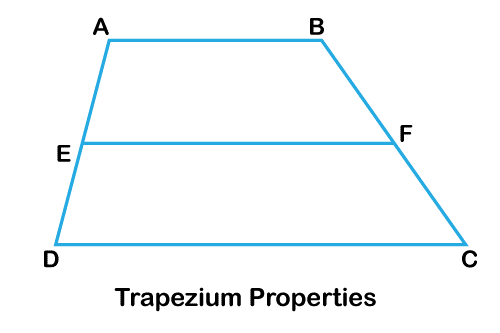
The Formula for TrapeziumThe trapezium is inimitable of the familiar shapes that one sees about them. To comprehend the various equations of a trapezium, one ought to know its structure. The following is a trapezium. Understanding the trapezium's shape will make it easier to grasp its area and perimeter formula. A trapezium's area is given by A trapezium's area = [(AB + DC)/2] h Here, AB denotes the length of the base a. DC = b's base length h = trapezium's height The edge of a trapezium is the whole length of the boundary covered by the figure's four sides. As a result, the circumference of a trapezium is equal to the sum of the sides AB + BC + CD + DA. What are the Different Types of Trapezium Dependent upon a trapezium's unlike structures and properties, they are divided into three vital sorts. The three basic sorts of trapeziums are:
Trapeziums have three distinct shapes, yet they all have the same characteristics. It signifies that each of the aforementioned trapeziums has one set of opposing sides parallel. 1. Isosceles TrapeziumIn a trapezium, the non-equivalent sides are known as legs. In case of a trapezium is of similar distance, it is identified as an isosceles trapezium. 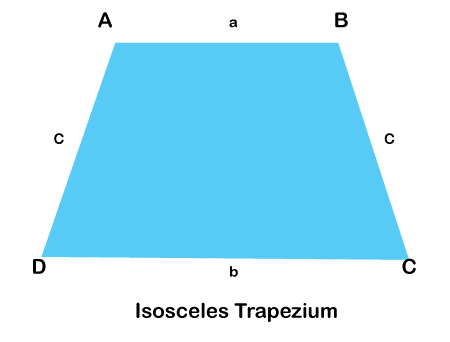
2. Scalene TrapeziumA trapezium is of quadrilateral shape. It has four sides to make up for differing points. However, the measurements and points of each of the four sides of a scalene trapezium are not something very like. Therefore, it is known as scalene trapezium. 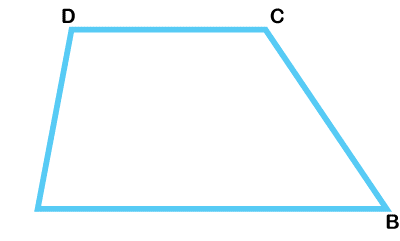
3. Right TrapeziumA right point is equivalent to 90�. In this way, in a right trapezium, rather like unlike sides make two right points adjacent to one another. Hence, it is a right trapezium. 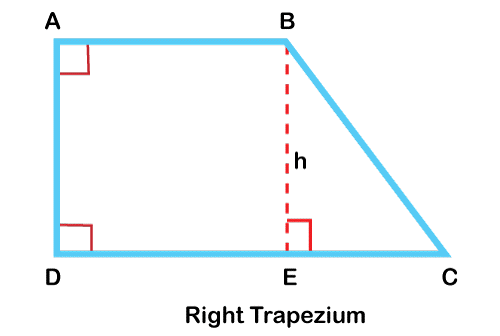
The Perimeter of a TrapeziumThe edge of a figure is regarded to be the length of the figure's all-out boundary this case, the boundary of a trapezium equals the length of each of the trapezium's four sides. 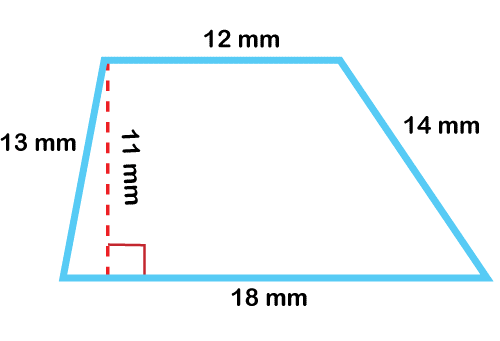
To compute the edge of a trapezium, one must first know the lengths of each of the trapezium's four sides. By having the estimations of the four sides, one may combine these characteristics to determine the boundary. For example, suppose a trapezium has four sides that are 12cm, 13cm, 14cm, and 18cm. Then, at that moment, its border will be - 12 + 13 + 14 + 18 = 57 mm trapezium edge How to Calculate and Find the Area of a Trapezium?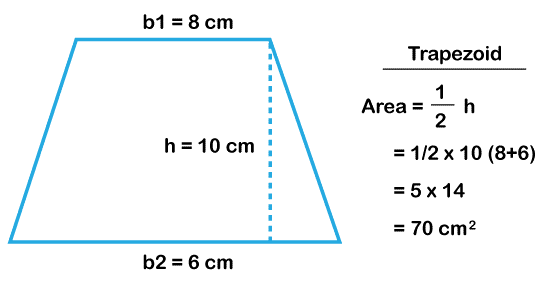
The region is characterized as the all-outpace encased by design. Along these lines, the zone of the trapezium is proposed as the total space enclosed by every one of the four sides of a trapezium. For instance, the trapezium's equal sides is - 8 cm and 6 cm. What's more, the distance between them is - 10cm, then the zone is given by, = [(8 + 6)/2] × 3 = [14/2] × 10 = 7 × 10 Area of a trapezium = 70 cm� What is Trapezoid?A trapezoid is a level, closed shape having four straight sides and one pair of equal sides. 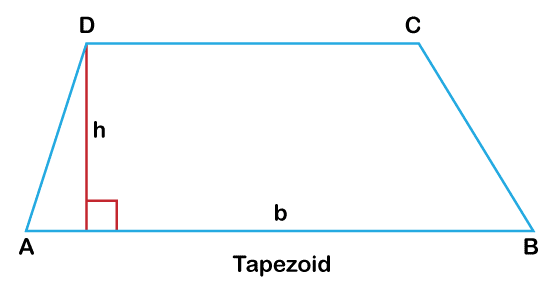
The bases of a trapezium are its equal sides, whereas the legs are its non-equal sides. A trapezium can likewise have equal legs. The equal sides can be level, vertical or inclining. The opposite distance between the equal sides is known as the elevation. How is a Trapezium Different from a Trapezoid?In many cases, a trapezium is mistaken for a trapezoid. To avoid misunderstanding, remember that a trapezium is a quadrilateral figure. That is, it has four sides that form four distinct angles. A trapezoid, on the other hand, does not have any parallel lines. What is an Irregular TrapeziumIn an Irregular trapezium, one set of equivalent lines converses. In any case, in an unpredictable trapezium, there are no equal sides. It implies every one of the four sides is non-lined up with one another. 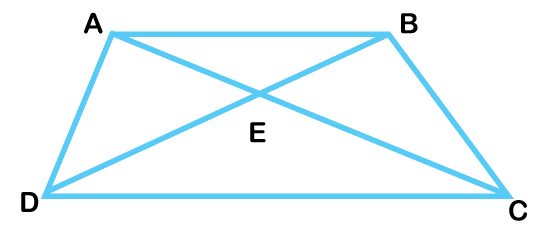
An unpredictable trapezium likewise doesn't fulfil the properties of a trapezium. Even though it is likewise a quadrilateral, it doesn't have a couple of two inverse equal lines. Can the Diagonals of a Trapezium Bisect Each OtherIt is a common misunderstanding that both diagonals of a trapezium cut each other up. But, it is incorrect. The answer is that the trapezium's diagonals do not split one another. Furthermore, the slanting of a parallelogram cuts up each other. It is assumed that only one odd trapezium out of every two is a parallelogram. Nonetheless, every parallelogram is a trapezium. ConclusionTrapezium is a four-sided shut shape with one set of equal sides confronting one another and one set of non-equal sides. It is a quadrilateral with four sides, points, and vertices. The completion of all interior points is 360 degrees. The point between the adjoining sides is 180 degrees, and the diagonals of this development are separated. The trapezium's base is one of its restricting equal sides. Interestingly, the level of a trapezium is the opposite distance between two equal lines.
Next TopicDementia Definition
|
 For Videos Join Our Youtube Channel: Join Now
For Videos Join Our Youtube Channel: Join Now
Feedback
- Send your Feedback to [email protected]
Help Others, Please Share










